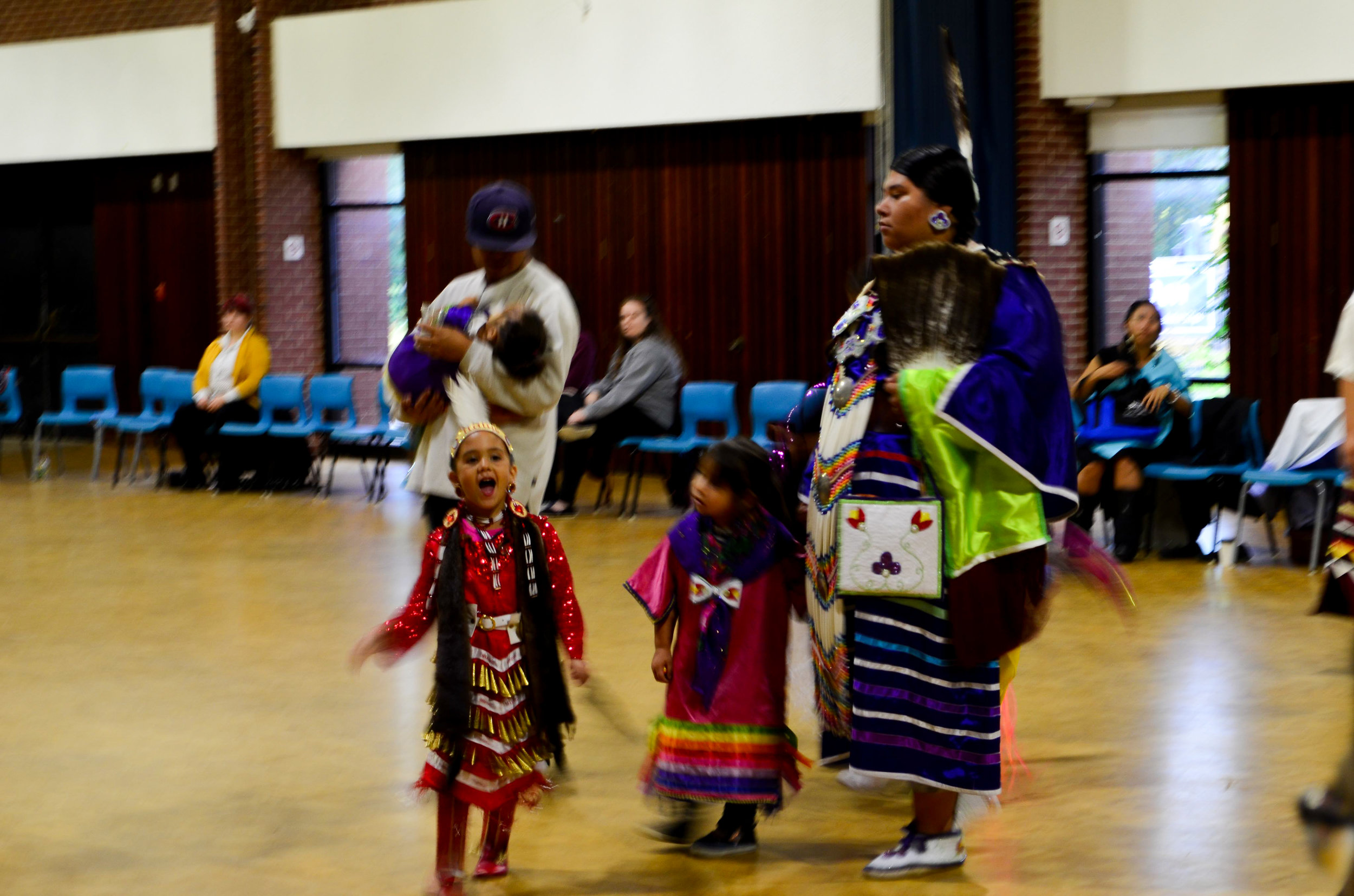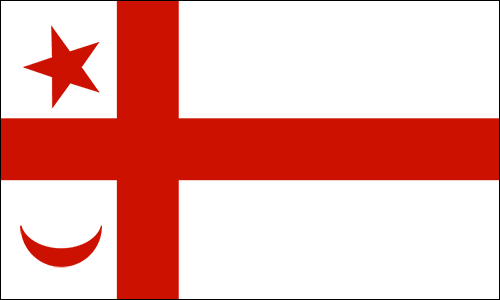Keeping Culture Alive Through Generations of Stories
/The power of speaking
Aho K’we hello, I want to give thanks to all whom is reading this, it is my honor to present just a small portion of what I and our culture has to offer. I will be sharing a few stories; one of them is a real spiritual experience I’ve had throughout my lifetime, a very special moment I hope to be able to remember for the rest of my life.
This story was told to me by an elder, I am not certain if it is told the way it was told to me; I apologize if I am wrong. To me, this is a story of ceremony, dream, & song; t’was this time of urgent need for prayers when there was this little girl who was very ill and who was in a coma.
All the medicine, men and women were singing; praying for the little one, ceremony had ended when they had sung a Lakota word song. The little one had woken and had mentioned she heard them singing in her dreams. Taking this as a message, they then called the Lakota word song the ceremonial sweat lodge drum song. This one memory I wish I had remembered when I first started writing this paper.
During my days as a presenter, digital story teller, and singer, I had met this very wellknown native celebrity once at a conference/educational symposium in Saskatoon; was unbelievable meeting him there, my mother and my cousin our boss at the time and I were saying our hellos to him. When I had the chance to talk with him, all I remember was mentioning about what I had seen that one day when I was young.
Around my area from where we are, we do not have much spiritual people around to go to for advice, or to learn old stories from. The moment I met Gordon Tootoosis, I had seen the cane he had with him. It was carved wood of a bird. I had mentioned while pointing at his cane, I had told him that I had seen that bird in the sky at my home as his cane reminded me and at that moment, it was the best way I could explain myself at the time of what I’ve seen. He asked me, where are you from? I told him Paq’tnkek, Nova Scotia, he replied and asked what are you, what is your tribe? I replied Mi’kmaw... I asked if he knows why I had seen it, he replied, because he wanted you to see him. At that moment I did not know who “he” was until a decade and many years after I had seen it appear.
Photo: Facebook @DerrickPaulette
Now I am still learning of who I am as they are still learning of who we are. I am not traditional, but like to think of myself as spiritual. I am not sure if you are spiritual, but I just feel the need to share these stories, experiences and teachings with you today.
When I was a young boy, I was very saddened that I missed my chance to attend a sun dance ceremony that was going on near my reserve; many were attending, dancing, singing & praying. I had went for a walk around my Rez and as I was on my way walking back up home, I was near the river just right before my grand father’s old small red house, something caught my eye in the sky. I looked up it was just before sundown; I seen a clear purple/bluish sky but was very cloudy and stormy just on one side the right, the moon was in the middle just above; I have seen flashes of lightening; light up the one side, not long after I have seen this cloud shape like bird appear just above the lit grey and white clouds which was from the direction of where the sun dance grounds were and the bird facing outward over the land, going toward the ocean.
I still did not fully understand what and why I had seen what I’ve seen; during my time of searching for answers, I finally had come across this knowledge I needed to know. What I have seen that day was the Thunderbird spirit, and seeing this at that moment destined me to become a War Chief/ Medicine-man.
I, Derrick Paulette, am a descendant from many clans; I come from lobster clan and spider clan. I believe I am here to help sing and honor the old ones who fought and protected these lands for generations as also those who have gone before us. Wela’lin for taking the time to read















